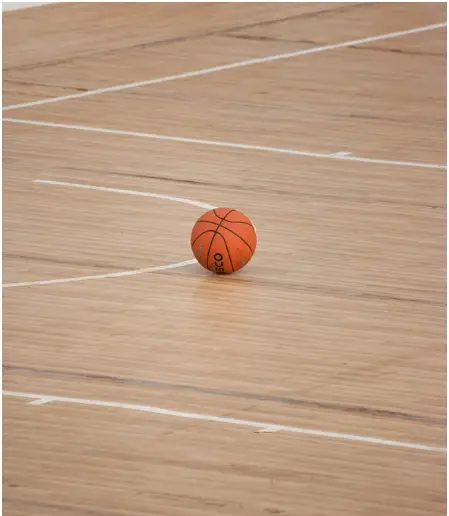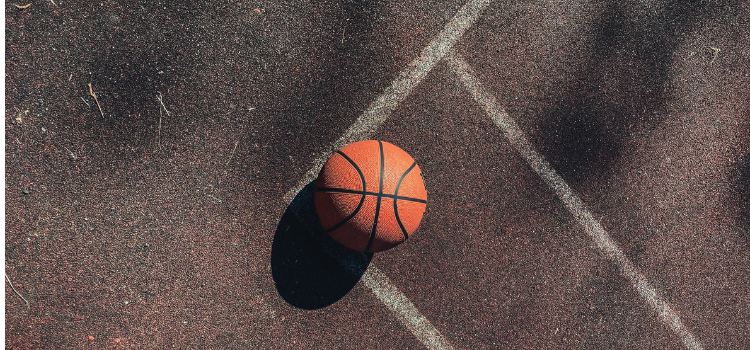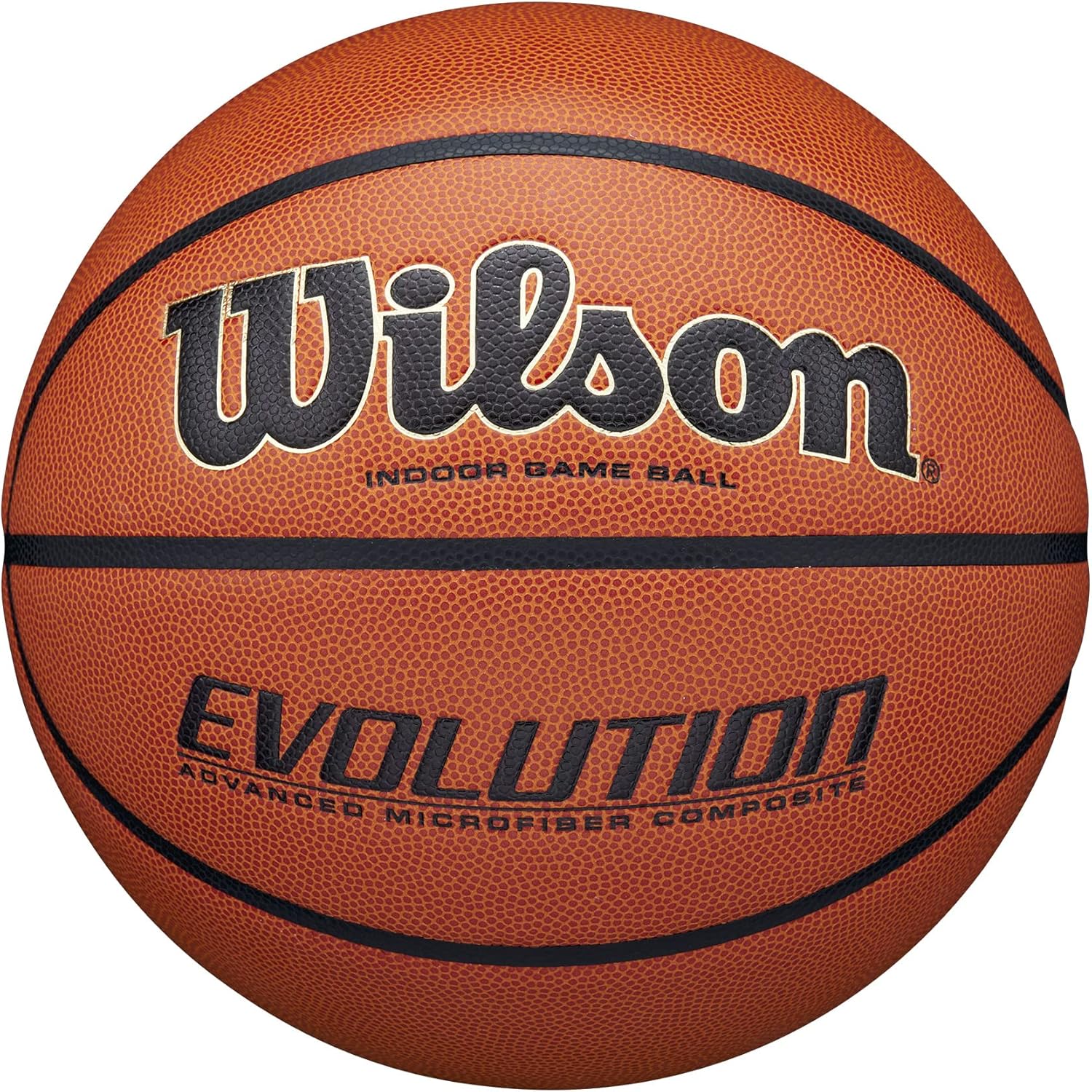Basketball is often perceived as a non-contact sport due to its emphasis on skill, strategy, and finesse over brute force. However, this classification can be misleading. While basketball rules discourage excessive physical contact, it is not entirely devoid of physicality. In fact, physical interactions are an inherent part of the game, especially in competitive play. Let’s explore the nuances of basketball’s contact levels, its rules, and how the sport balances physicality and skill.

What Defines a Non-Contact Sport?
A non-contact sport is typically defined as one in which players do not engage in direct physical contact as part of normal gameplay. Examples include tennis, golf, and swimming. In contrast, contact sports like football, rugby, and boxing involve deliberate physical interactions such as tackles or hits.
While basketball is not classified as a full-contact sport, it is more accurately described as a limited-contact sport. This means that some physical contact is expected, but rules are in place to minimize aggressive or unsafe interactions.
Physical Contact in Basketball: A Closer Look
Basketball is played with a mix of physicality and finesse. Here are key aspects of the game that involve contact:
1. Legal Contact
Certain forms of contact are considered a natural part of the game. For instance:
- Screening: Setting a pick involves a player standing still to block a defender, often resulting in light contact.
- Rebounding: Players jostle for position under the basket, leading to body contact.
- Defense: Defenders may make incidental contact while contesting shots or blocking passing lanes.
2. Illegal Contact (Fouls)
The rules of basketball strictly regulate physical interactions to maintain fairness and safety. Common fouls include:
- Pushing or Shoving: Using excessive force to gain an advantage.
- Hitting or Slapping: Making contact with an opponent’s arms or hands while trying to steal the ball.
- Blocking Fouls: Impeding an opponent’s movement by stepping into their path without establishing position.
3. Grey Areas
Not all contact is easily categorized as legal or illegal. Referees often have to judge the intent and severity of contact, leading to some variability in enforcement.
Why Is Basketball Considered Limited-Contact?
The classification of basketball as a limited-contact sport stems from its rules and gameplay objectives. Here are the primary reasons:
1. Emphasis on Skill Over Physicality
Basketball rewards players for their shooting accuracy, ball-handling skills, and strategic thinking rather than physical dominance. This contrasts with sports like football or rugby, where physical strength plays a central role.
2. Rules to Minimize Contact
The official basketball rules, established by organizations like the NBA and FIBA, are designed to prevent excessive physicality. Key regulations include:
- Prohibiting aggressive actions like tackling or wrestling.
- Penalizing unnecessary roughness with fouls, technical fouls, or ejections.
3. Player Safety
By limiting physical contact, basketball reduces the risk of injuries, making it a safer sport compared to full-contact alternatives.
How Physical Is Basketball?
While basketball may not be as physically intense as some other sports, it still demands significant physicality in certain situations:
1. Rebounding Battles
Competing for rebounds often leads to body-to-body contact as players fight for position under the hoop.
2. Driving to the Basket
Offensive players driving toward the basket frequently encounter defenders, leading to collisions and contested shots.
3. Post Play
Centers and power forwards engage in physical battles in the paint, using their strength to gain advantageous positions.
4. Fast-Paced Movement
Basketball’s speed and constant motion increase the likelihood of incidental contact during screens, switches, and transitions.
The Balance Between Contact and Rules
Basketball’s charm lies in its balance between physicality and skill. The rules aim to ensure that physical contact does not overshadow the sport’s strategic and athletic elements. Key measures include:
- Fouls and Penalties: These discourage excessive contact and reward teams that play within the rules.
- Referee Oversight: Officials monitor gameplay closely to maintain fairness and enforce regulations.
- Skill Development: Players are encouraged to rely on techniques like footwork, shooting, and passing rather than brute force.
FAQs About Basketball and Contact
1. Can you touch other players in basketball?
Yes, light and incidental contact is allowed, but deliberate or excessive physical contact is penalized.
2. Is basketball safer than full-contact sports?
Generally, basketball is safer than full-contact sports like football or rugby, but injuries can still occur due to collisions or falls.
3. Do players wear protective gear?
Unlike full-contact sports, basketball players typically do not wear heavy protective gear. Some wear mouthguards or knee pads for added safety.
Conclusion: Basketball’s Unique Physicality
Basketball occupies a unique position as a limited-contact sport. While it emphasizes skill and strategy, physical contact is an inevitable part of the game, especially during intense moments like rebounding or defending. The sport’s rules strike a careful balance, allowing for some physicality while prioritizing player safety and fair play.
Whether you’re a seasoned player or a newcomer, understanding the nature of contact in basketball can enhance your appreciation of the game. So, lace up your sneakers, hit the court, and experience the perfect mix of skill and physicality that makes basketball truly special!


